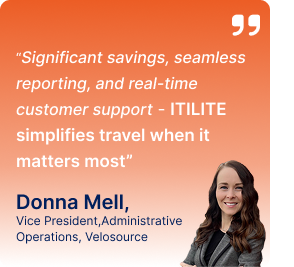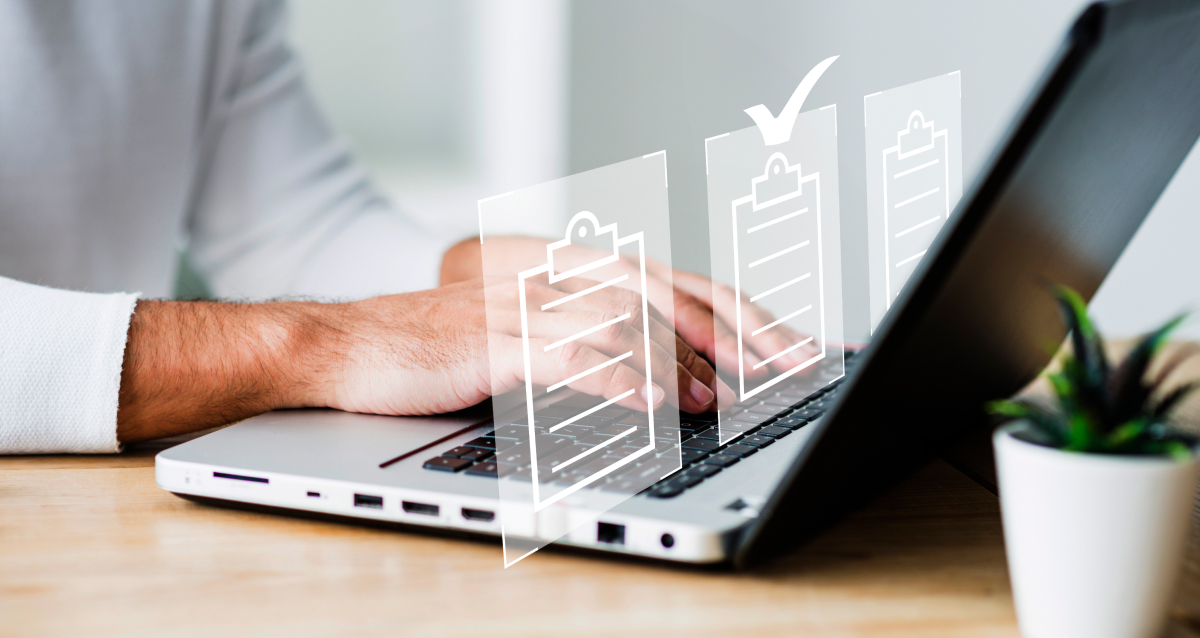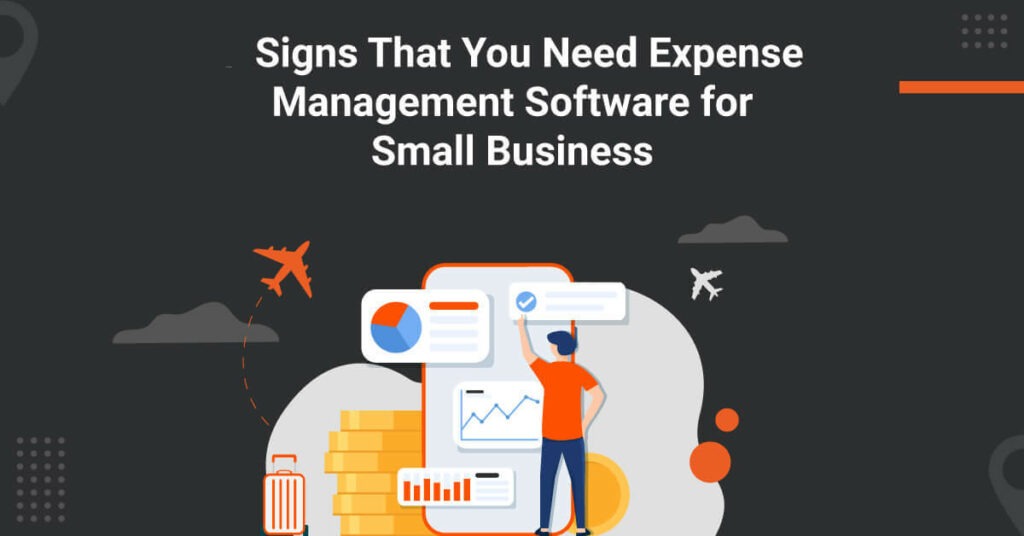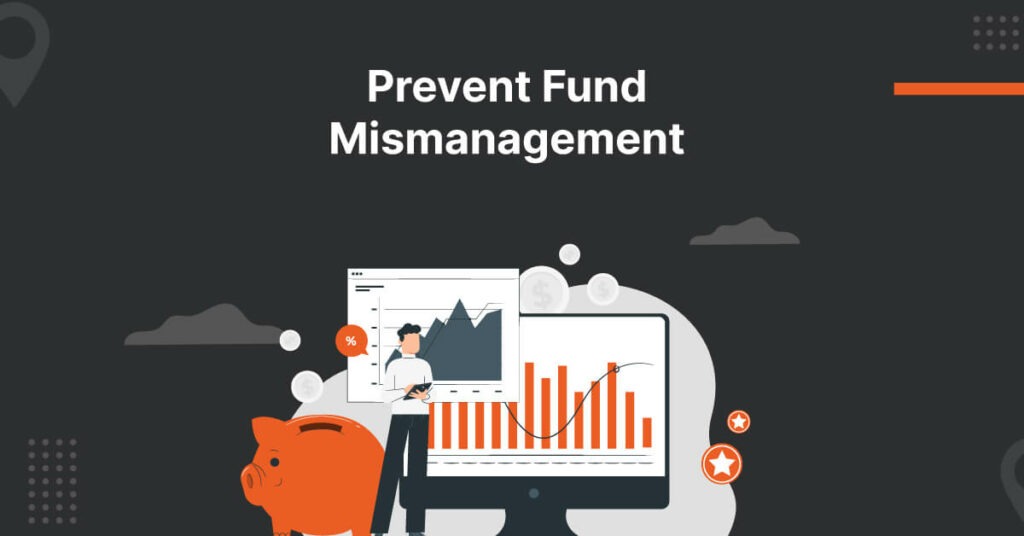
Product Lifecycle Management (PLM) is a comprehensive approach to managing the entire lifespan of a product, from its initial concept and design through manufacturing, distribution, and even disposal or recycling.
Expense management is a crucial aspect of Product Lifecycle Management (PLM) because it directly impacts a product’s overall cost and profitability throughout its lifecycle. By effectively managing expenses at each stage, you can optimize resource allocation and ensure that products are developed within budget constraints.
Let’s understand the strategies for managing expenses in the product lifecycle and the benefits of expense-controlling software for PLM.
Top 8 Strategies for Effectively Managing Expenses Throughout the PLM Process
Strategic Planning – It is important for you to develop a clear PLM strategy that aligns with your organization’s overall business objectives. For instance, if your company’s objective is to streamline its product offerings, your strategy could focus on evaluating the entire product portfolio.
By identifying underperforming products or those with high production costs, you can make informed decisions about discontinuing or optimizing them to cut expenses.
Cross-functional Collaboration – You should promote teamwork and open communication among various PLM (Product Lifecycle Management) departments. These include product development, manufacturing, and procurement. This fosters the discovery of ways to save costs and prevents duplicate work.
Cost Analysis – You must create a strong system for analyzing costs to keep a constant check on and assess product expenses during its entire lifecycle. This involves examining factors like material costs, labor expenses, overhead, and other outlays related to product development and manufacturing.
Value Engineering – Embrace value engineering principles to optimize product design and manufacturing processes. This approach focuses on reducing costs while maintaining or improving product quality and functionality.
Supplier Collaboration – Collaborating closely with suppliers is helpful in negotiating favorable terms. These include pricing, lead times, and quality standards. Effective supplier management can lead to cost reductions in materials and components.
Standardization – You must standardize components, materials, and processes whenever possible to streamline production. This leads to economies of scale and lower procurement costs.
Lean Manufacturing – You can use lean manufacturing principles to reduce waste, improve process efficiency, and decrease production costs. Lean practices help identify and eliminate non-value-added activities.
Use Expense Management Software (EMS): Finally, leverage EMS to automate and streamline expense management. Automation reduces manual effort and potential errors.
How You Can Leverage EMS To Control Costs
Real-time Expense Tracking
When you use a real-time expense tracking feature in expense controlling software for PLM, it records and shows you all the expenses as they happen during product development and manufacturing. This provides you with instant access to the most current cost data without having to wait for manual updates or reports.
This real-time expense tracking capability empowers you to respond promptly to cost-related issues. If your project exceeds its budget or faces unexpected expenses, you can make decisions on how to address the situation. This may involve reallocating resources, renegotiating contracts, or adjusting project timelines to reduce the impact on costs.
Budget Adherence
Expense monitoring software for PLM lets you allocate a certain amount of money for each step of a product’s life, from when it’s just an idea and being designed all the way through to when it’s made and distributed. This helps make sure that you have the right amount of money set aside for each part of the project right from the start.
Data Integration
Data integration is a valuable feature of expense monitoring software for PLM. The software acts as a bridge that connects different parts of a company, such as accounting, procurement, and inventory management. This connection allows information to flow smoothly between these areas without any errors.
Without this integration, people might have to manually enter the same data into multiple systems. For instance, the cost of materials in the PLM system might need to be entered into the accounting system, too. This manual work can lead to mistakes and takes a lot of time.
Streamlined Reporting
Expense controlling software for PLM can create reports whenever you need them. These reports are like organized summaries that show how much money is being spent on different parts of a project, like design or manufacturing.
Instead of looking at rows and rows of numbers, these expense reports use charts and graphs, which are like visual aids. They make it much easier to see and understand the financial data at a glance.
These reports also help keep everyone accountable. If someone is responsible for a particular part of the project, their spending is right there in the report for everyone to see. It encourages people to stick to the budget and make smart financial decisions.
Supplier Management
Supplier management involves systematically evaluating how well suppliers perform their roles. This evaluation considers important factors like how dependable their deliveries are, the quality of the products they provide, and how responsive they are to changes or issues that arise.
Moreover, supplier management isn’t just about assessing supplier performance; it’s also about improving negotiations with them. It looks at past spending, market trends, and the relationships a company has with its suppliers to make negotiations more productive and beneficial for both sides. This can result in better prices, more favorable contract terms, and overall stronger collaboration, which is good for both the company and its suppliers.
Predictive Analytics
Predictive analytics is a high-tech feature in advanced expense management software. It uses data and math to make educated guesses about what future expenses might be. This process starts by looking closely at how money was spent in the past. It checks things like what categories the money went to, when it was spent and what factors influenced the spending.
It also identifies recurring expense patterns, seasonality, and any irregularities that might affect future spending. This look back at past spending helps make smart predictions about where expenses are headed in the future.
Benefits of Using Expense Controlling Software for PLM
Cost Savings: Expense management software helps organizations find ways to save money throughout the PLM process. It lets them keep a close eye on expenses, identify areas where they might be spending too much, and make sure resources are used efficiently.
Reduced Errors: When people manually enter data and keep records, there’s a risk of making mistakes. These mistakes can lead to financial problems and slow down PLM. Expense management software takes care of data entry and calculations automatically, reducing the chance of errors and making sure the financial reports are accurate.
Improved Productivity: The automation and streamlined processes in expense management software save time and make administrative tasks easier. This frees up employees to focus on their main jobs, making the whole organization more productive.
Increased Compliance: Expense management software can make sure everyone follows the rules about spending money. It enforces company policies and makes sure employees stick to spending guidelines.
Fewer Delays: When many people need to look at and approve expenses, it can cause delays. Expense management software uses automatic approval processes and smoother workflows to speed things up. This is especially useful when lots of people are involved in checking and approving expenses.
Use ITILITE: Industry-leading Expense Controlling Software for PLM
ITILITE is an innovative expense and corporate travel management software that can significantly enhance your PLM (Product Lifecycle Management) processes. With its user-friendly interface and advanced features, ITILITE streamlines expense tracking, approval workflows, and reporting, making it easier than ever to manage expenses effectively at every stage of product development.
By leveraging ITILITE, your organization can optimize cost allocation, identify cost-saving opportunities, and maintain full control over project budgets. This ensures that your PLM initiatives run smoothly, stay on track, and are completed within budget constraints.
Don’t miss out on the opportunity to enhance your PLM processes with our expense management capabilities and drive greater efficiency and profitability in your product development efforts.
Book a demo now to experience all these benefits!













